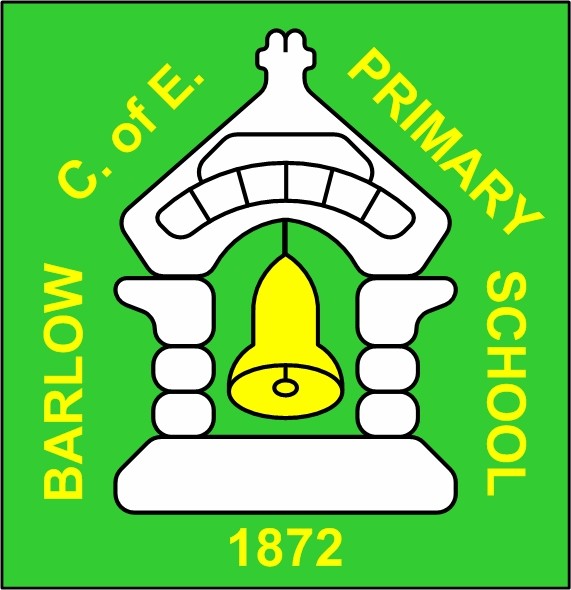- Home
- Children
- Home Learning
- Class Pages Archive: 2020 - 2021
- Ruby 2020 - 2021
- Week beginning 11th January
- Tuesday
Tuesday
Phonics:
Please use this link to access the phonics lessons for your child.There are several parts for each year group, all of which we would like the children to complete. These are best done daily, but we understand if you do these at a time in that day that is appropriate for you and your child.
Reception: Set 1 lessons: Speed Sounds, Word Time Reading Lesson, Spelling Lesson and Red Words 1.
Year One: Set 3 lessons: Speed Sounds, Set 3 Spelling, Reading Longer Words, Red Words 2 and Read and Hold a Sentence 1.
Year Two: See attached worksheet to complete below.
Maths:
Year 1 and 2: Your Maths lessons can be found in your text book and practice book. Both are allocated to you on Active learn.
Year One: Textbook 1B Unit 7 Lesson Six, Practice Book 1B Unit 7 Lesson Six Pages 21,22 and 23.
Year Two: Textbook 2A Unit 3 Lesson Three, Practice Book 2A Unit 3 Lesson Three Pages 82, 83 and 84.
English:
Learning Objective: Rewriting the problem in the story of Little Red Riding Hood.
Recap on the key elements of a traditional tale from Monday's lesson.
Also, recap on the two versions of Little Red Riding Hood and also read this version.
This lesson we are going to focus on the problem. This is where the story doesn't go to plan, it hits a difficulty and something changes. What is the problem?
We are going to identify the problem in all three stories and identify the similarities and differences.
I might write something along the lines of:
Little Red Riding Hood saw some pretty flowers and drifted off the
twisty-turny path. Suddenly Little Red Riding Hood was skipping
between the trees when she trod on something.
"Ouch!! That's my tail, you silly girl!" Said the angry, sleepy voice.
The wolf stood staring at Little Red Riding Hood.
"Where are you going?" he asked, licking his lips.
"I'm going to see my Grandma who lives through the forest." Said
Little Red Riding Hood.
"Oh does she really?" smiled the Wolf.
You'll need to include Little Red Riding Hood meeting the Wolf and mentioning where her Grandma lives.
Don't forget to use captial letters, full stops, finger spaces and show us your neatest writing!
Year One - To introduce the problem using 2a sentences.
A 2a sentence is two adjectives before a noun, which are seperated by a comma.
E.g. Little Red Riding Hood sprinted through the green, gloomy forest.
Year Two - To introduce the problem, including speech from the Wolf and Little Red Riding Hood.
Don't forget to use your speech marks and to tell us who said it, e.g. said the wolf, screamed the wolf.
Science:
We’re starting a new science unit this week looking at plants.
See attached the presentation and worksheets to complete.
PSHE:
Read the ‘Very Hungry Caterpillar’ by Eric Carle.
Ask the children to identify the changes. Feed back and discuss.
Ask them to role play how a seed grows into a tree.
Brainstorm other changes they notice in life - for example,
feelings, weather, seasons, friendships, new teacher,
losing a tooth, growing up, etc.
Which changes might just be for a short time and which
are more permanent? Do changes always feel the same?
Ask the children to choose 3 changes and draw them.
Ask the children to explain what they think change means to them. Feedback their ideas to the
class.
